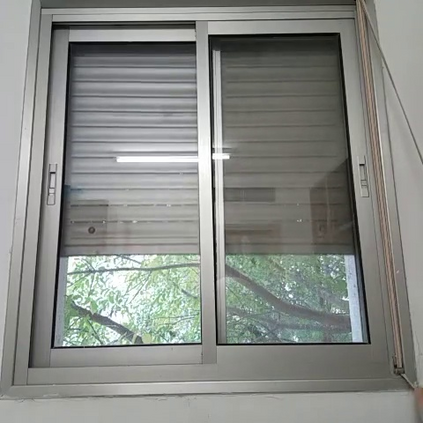In recent years, many works have addressed the problem of finding never-seen-before anomalies in videos. Yet, most work has been focused on detecting anomalous frames in surveillance videos taken from security cameras. Meanwhile, the task of anomaly detection (AD) in videos exhibiting anomalous mechanical behavior, has been mostly overlooked. Anomaly detection in such videos is both of academic and practical interest, as they may enable automatic detection of malfunctions in many manufacturing, maintenance, and real-life settings. To assess the potential of the different approaches to detect such anomalies, we evaluate two simple baseline approaches: (i) Temporal-pooled image AD techniques. (ii) Density estimation of videos represented with features pretrained for video-classification. Development of such methods calls for new benchmarks to allow evaluation of different possible approaches. We introduce the Physical Anomalous Trajectory or Motion (PHANTOM) dataset, which contains six different video classes. Each class consists of normal and anomalous videos. The classes differ in the presented phenomena, the normal class variability, and the kind of anomalies in the videos. We also suggest an even harder benchmark where anomalous activities should be spotted on highly variable scenes.
翻译:近年来,许多作品解决了在录像中发现从未见过的异常现象的问题,然而,大多数工作的重点是探测从安全摄像头摄取的监视录像中的异常框架;同时,在展示异常机械行为的录像中发现异常现象的任务大多被忽略;在这种录像中发现异常现象既具有学术和实际的兴趣,因为它们可以自动发现许多制造、维护和真实生活环境中的故障;为了评估不同方法发现此类异常现象的潜力,我们评估了两种简单的基线方法:(一) 临时组合图像自动应用技术;(二) 对带有视频分类预先训练特征的录像的密度估计;制定这类方法要求制定新的基准,以便能够评价不同可能的方法;我们介绍物理异常现象轨迹或移动(PhantOM)数据集,其中包括六个不同的视频类别;每个类别由正常和反常态视频组成;在呈现的现象、正常类别变异性以及视频中的反常类型方面,各类别不同。我们还建议对可变的场景进行更精确的定位。














